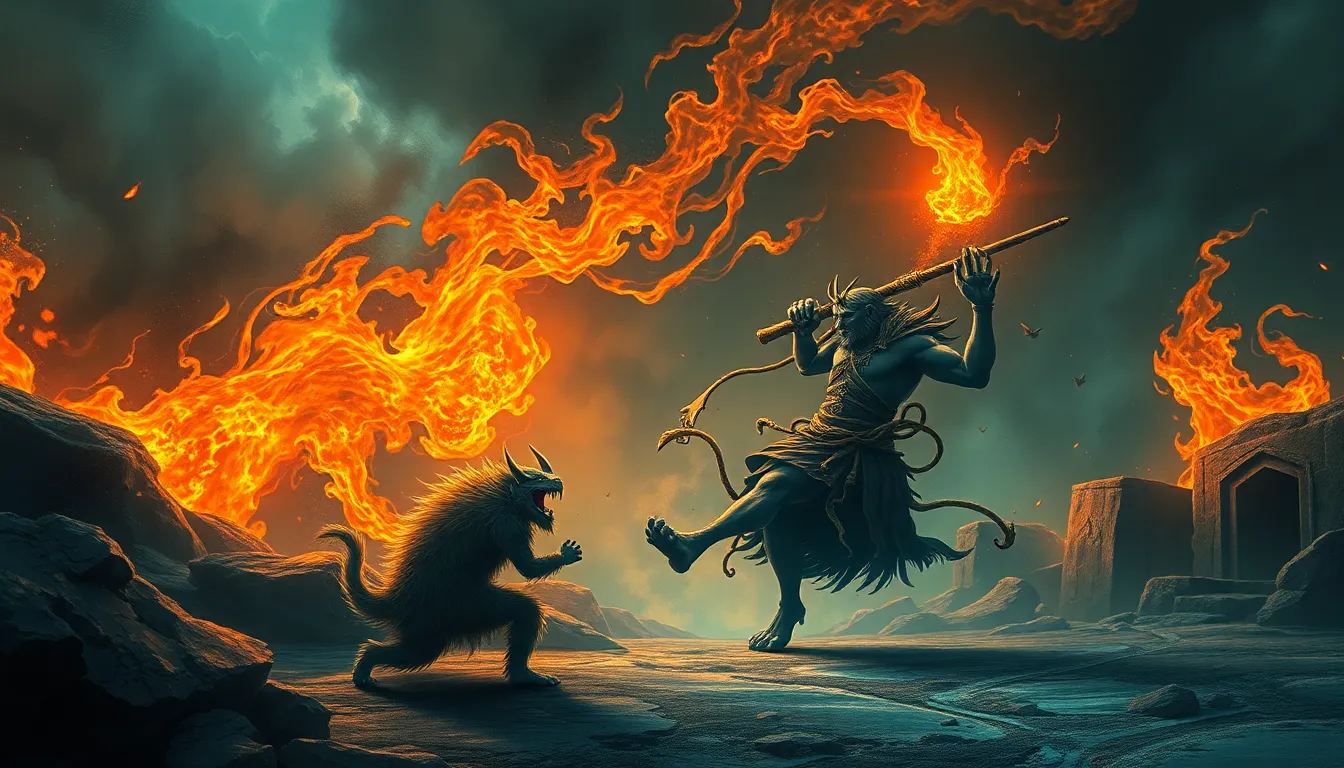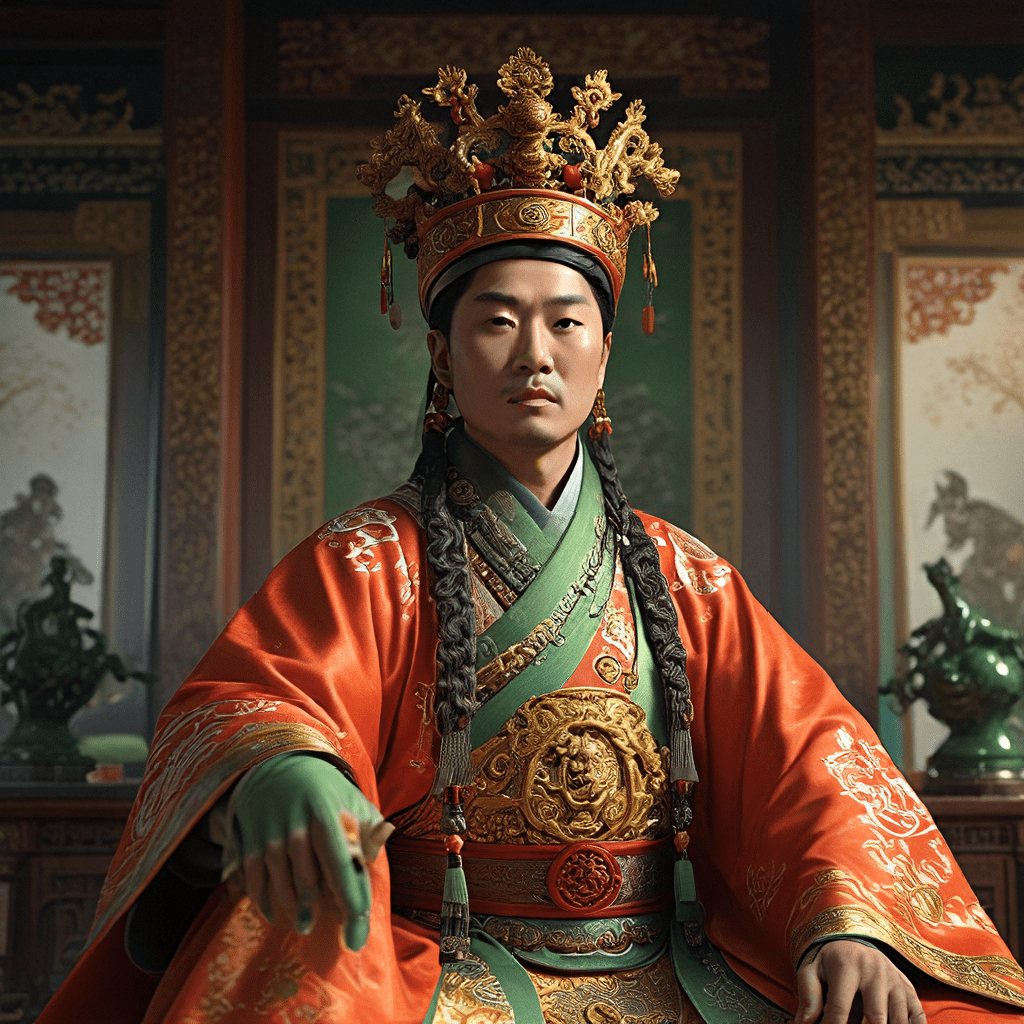Why Tricksters Are the Ultimate Underdogs in Mythology
I. Introduction
Trickster figures have captured the imagination of cultures around the world, representing a unique blend of characteristics that defy simple categorization. Defined by their cunning, wit, and often chaotic nature, tricksters serve as catalysts for change and reflection within various mythologies. The underdog archetype, representing those who rise against formidable odds, resonates deeply with audiences, making tricksters particularly compelling. This article explores how tricksters, through their challenges to authority, utilization of intellect over brute force, and reflections of societal values, embody the essence of the ultimate underdog.
II. Historical Context of Tricksters in Mythology
The origins of trickster figures can be traced across diverse cultures, each bringing their unique flavor to the archetype. Tricksters often emerge in folklore and mythology as agents of change, operating outside the constraints of conventional morality and societal norms.
- Loki from Norse mythology, known for his mischief and cleverness, often outwits even the gods.
- Anansi, a spider from West African folklore, uses his intelligence to navigate complex situations, often teaching lessons through his escapades.
- Coyote, a prominent figure in Native American mythology, embodies the trickster spirit through his shape-shifting abilities and cunning nature.
Over time, the trickster archetype has evolved, reflecting shifts in societal values and cultural contexts, but the core elements of subversion and cleverness remain constant.
III. Characteristics of Tricksters
Tricksters are defined by several key characteristics that distinguish them from traditional heroes:
- Wit and cleverness: Tricksters rely on their intellect to navigate challenges rather than physical prowess.
- Moral ambiguity: They operate in a gray area where notions of good and evil are often blurred, challenging the binary moral frameworks.
- Shape-shifting and adaptability: Tricksters can change their form and approach, allowing them to outmaneuver their opponents.
IV. Tricksters vs. Authority Figures
Tricksters often serve as the champions against authority, subverting power structures and challenging the status quo. Their narratives frequently depict them outsmarting gods, kings, and other figures of authority, serving as a commentary on social hierarchies and norms.
For instance, in many tales, the trickster’s cleverness exposes the flaws and failings of those in power, revealing the absurdities of rigid social structures. This role not only entertains but also invites audiences to question the authority figures in their own lives.
V. The Underdog Narrative
The underdog narrative holds significant weight in human storytelling, often symbolizing resilience and hope. Tricksters epitomize this spirit by:
- Challenging more powerful opponents with ingenuity.
- Overcoming obstacles through cleverness rather than brute strength.
- Embodying the idea that anyone, regardless of status, can change their circumstances.
In contrast to traditional heroes, whose journeys often involve physical trials and tribulations, tricksters navigate their worlds through wit and humor, making them relatable figures for audiences.
VI. Tricksters and the Power of Humor
Humor is a powerful tool employed by tricksters, serving as a means of resistance and critique. In many trickster tales, laughter becomes a form of rebellion against oppressive systems.
The role of humor in these stories can have profound psychological effects on audiences, fostering resilience and encouraging critical thinking about societal norms. Through laughter, tricksters can reveal uncomfortable truths while simultaneously entertaining.
VII. Cultural Reflections and Lessons from Trickster Tales
Trickster stories often contain embedded social commentary, reflecting the values and challenges of the societies from which they originate. Key lessons derived from these tales include:
- The importance of questioning authority and societal norms.
- The value of creativity and intelligence in overcoming adversity.
- Moral complexities that challenge black-and-white thinking.
In contemporary society, tricksters continue to hold relevance, reminding us of the necessity for critical thought and adaptability in the face of challenges.
VIII. The Trickster in Modern Mythology
The trickster archetype has evolved in popular culture, appearing in various media forms, such as films, books, and television shows. Modern representations often retain the core attributes of traditional tricksters while adapting to contemporary societal challenges.
Examples include:
- Characters like the Joker in comic books, who embodies chaos and subversion against societal norms.
- Films like “Deadpool,” where the protagonist uses humor and wit to navigate a world filled with authority figures.
- Animated series like “Rick and Morty,” which explores existential themes through the lens of a clever but morally ambiguous lead.
These modern tricksters reflect the complexities of contemporary life, highlighting issues of power, identity, and societal absurdity.
IX. The Duality of Tricksters
Tricksters embody a duality that encompasses both positive and negative aspects. This duality impacts audience perception, allowing for a rich exploration of themes such as:
- The balance between chaos and order.
- The moral complexities inherent in human nature.
- The potential for both harm and healing through cleverness and cunning.
This intricate balance invites audiences to engage with trickster narratives on a deeper level, examining their own values and beliefs.
X. Conclusion
In conclusion, tricksters represent the ultimate underdog in mythology, embodying resilience, cleverness, and the power of humor in the face of adversity. Their stories challenge authority, reflect societal values, and offer profound insights into human nature. As we navigate our own lives, the lessons of the trickster remind us of the importance of wit, adaptability, and the courage to question the status quo.



